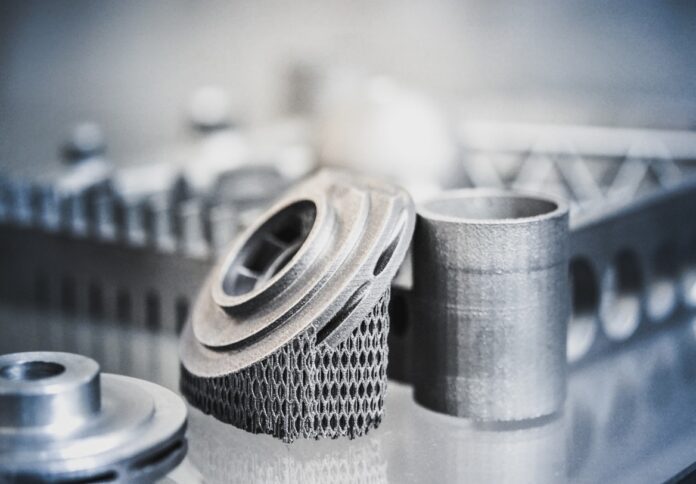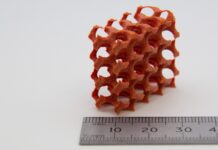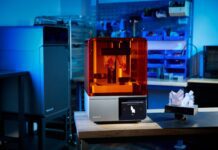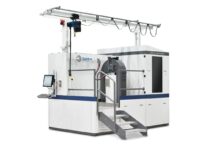
Aston University, a public research university in Birmingham, England, has initiated a pioneering project aimed at developing a sophisticated mathematical model to enhance the process of liquid metal casting.
The primary focus of this project is to address the rapid corrosion, or oxidation, of lightweight aluminium alloys when exposed to air, a phenomenon that poses challenges in the emerging fields of 3D printing and additive manufacturing of light metals, the university said in a news release.
The institution also reported that in the transportation sector, there is a gradual shift from traditional steel to lighter alloys.
While these lightweight alternatives do not rust like steel, they exhibit a rapid oxidation process when initially exposed to external ambient conditions, significantly impacting their quality and overall lifespan.
Dr Paul Griffiths, a senior lecturer in applied mathematics at Aston University’s College of Engineering and Physical Sciences, is set to lead this ambitious 12-month project.
The primary focus will be on understanding the dynamics of thin oxide films that form on alloys during the casting process.
The Engineering and Physical Sciences Research Council (EPSRC) has granted Dr Griffiths £80,000 (AUD 152,378) for his study titled “Developing an accurate non-Newtonian surface rheology model.”
Explaining the project’s objectives, Dr Griffiths stated, “The aim of this investigation is to develop a mathematical model that accurately captures the two-way coupling between a liquid metal flow and the oxide layer above, with the latter behaving as a non-Newtonian liquid/gas interface.”
He further elaborated, “The benefit of a more appropriate mechanical model for the oxidized surface of a melted metal flow would lead to a better understanding of the encapsulation process which affects the alloy.”
The research also involves collaboration with a project partner in Grenoble, France, underscoring the international dimension of this innovative initiative.

















